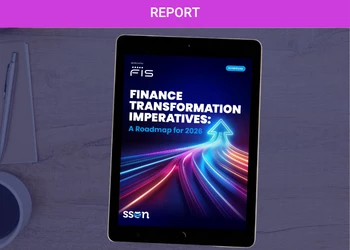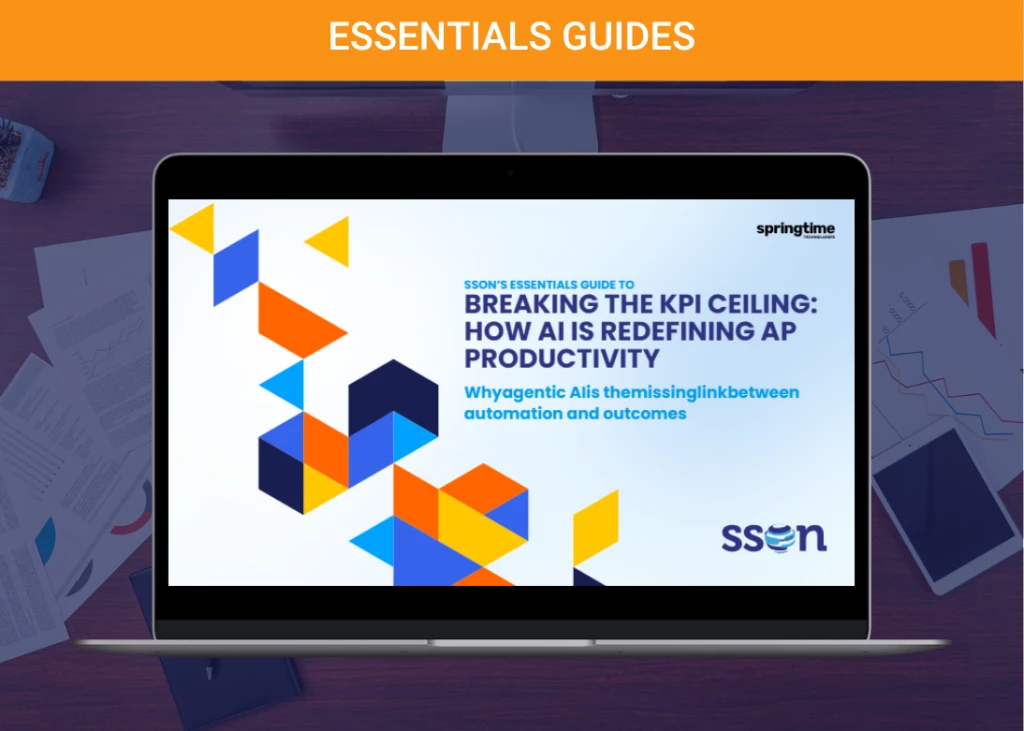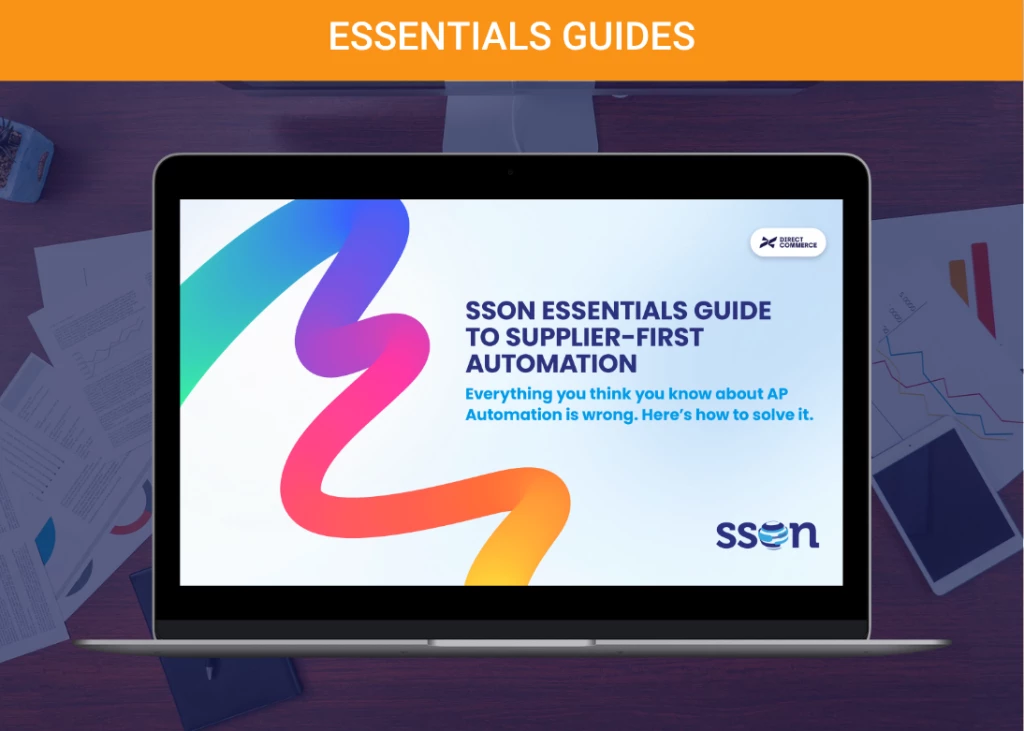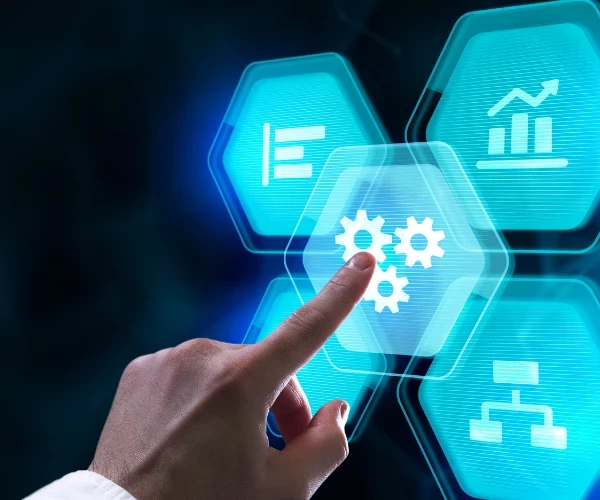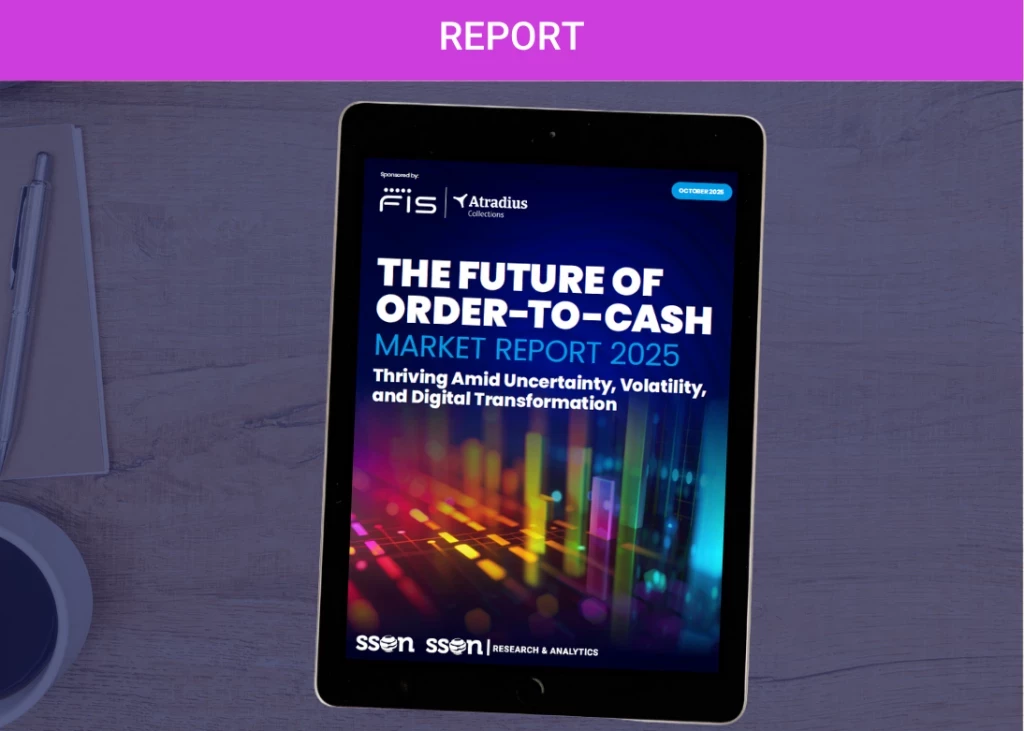E-Procurement: Its Future in the Digital World
Add bookmarkSometimes known as "supplier exchange" or "electronic procurement", E-Procurement refers to the B2B, B2C, B2G, or G2B sales and purchases of work, supplies, and services over the internet. It can also refer to the procurement of other sorts of information, such as electronic data or enterprise resource planning (ERP), provided that this information is either sourced or sold over the internet.
Most E-Procurement takes place via dedicated E-Procurement software platforms, which enable registered and qualified users to browse for suppliers or buyers of goods and services.
Some of these platforms are set up for E-Auctioning, where users are invited to bid against one another in their efforts to procure the items that they want. Other sites take a different approach and simply have "take it or leave it" specified prices attached to all services and supplies (though of course, many returning customers will qualify for volume discounts or special offers on these solutions).
The Rise Of The E-Procurement Market
As B2B continues to look more like B2C, many procurement officers around the globe are increasingly turning to E-Procurement methods – i.e., searching, identifying, and purchasing over the internet – as the prime sourcing route for their respective businesses.
According to the Acquity Group's ‘2014 State Of B2B Procurement Study’, for which 500 U.S. procurement officers with annual purchasing budgets in excess of $100,000 were surveyed, B2B buyers are spending more company dollars online than ever before, with a significant volume rise of 11% over 2013.
The key findings from the survey are as follows:
- 68% of B2B buyers now purchase goods online
- 18% of B2B buyers spend more than 90% of their budget online (doubling from 9% in 2013)
- 30% of B2B buyers research at least 90% of products online before making a purchase
- 44% of B2B buyers research company products on a smartphone or tablet
Suppliers Currently Under-Equipped To Capture Market Share
Even though it is certainly evident that buyers are researching items and spending more online, suppliers have yet to manage to truly keep up with this change, and, as a result, are failing to capture the entire market share that’s up for grabs. According to the Aquity Group’s report "Fifty-seven percent of business buyers have made an online purchase of $5,000 or more in the last year, and 66 percent of business buyers say they make a major purchase of $5,000 or more (online or via print, or telephone) at least once per month. But less than half (48 percent) of respondents purchase goods online directly from suppliers, opting instead for third-party websites and other purchasing channels."
Buyers Want Visibility And Control
What is clear from this report is that procurement officers are seeking to become more independent when it comes to making purchases – and this means that B2B suppliers need to update their websites and E-Procurement platforms to accommodate more self-service elements and robust search capabilities if they want to enable the transition from legacy, high-touch, high-cost methods.
A very telling statistic from the report shows that only 12% of buyers now want to meet in-person with a sales representative, and only 16% want to discuss their purchasing options over the phone. Suppliers therefore must seek to empower their customers with the ability to independently browse, research, compare, and purchase products online if they are to keep up with the current trends in E-Procurement.
The Forrester Report
The Aquity Group’s research is backed up by ‘The Forrester Wave’ E-Procurement report for 2014, which cites that sourcing professionals are seeking more visibility and control in their procurement efforts as a key takeaway: "More and more chief procurement officers (CPOs) are seeking global solutions for their procure-to-pay (P2P) processes so they can cut costs while saving employees’ time. ERP vendors have all improved their search-and-compare shopping front ends, but face strong competition from a new group of SaaS platforms and some established ePurchasing suites."
The main obstacle of obtaining this visibility and control, according to Forrester, lies in the low adoption E-Procurement software, which provides a system for the complete purchasing process for goods and services. "Low adoption of legacy procurement software is the main obstacle to getting this visibility and control. CPOs should therefore favor products with enticing shopping experiences and simple configurable approval workflows. They also need vendors with the vision and ability to combat the growing adoption threat from sell-side E-Commerce sites."
With an E-Procurement software solution, CPOs can set up systems whereby suppliers can be approved and contracts pre-negotiated, so that employees of a company can make direct purchases themselves quickly and efficiently, without being held up by the delays and inconveniences of requisition forms and the like.
Procurement, just as with so many other industries, is starting to find its future in the digital world, and, as such, it is important that both B2B suppliers and CPOs alike should be seeking to adapt to the changes in order to engage and capture the increasingly savvy electronic B2B buyers and sellers, and thus increase revenue through capitalizing on this new opportunity of digital growth.
Improving Visibility And Control
The often lengthy and complex procure-to-pay (P2P) process (also known as the requisition to pay (R2P) process) – identifying a lack of goods of services, selection of a product from a catalog, etc., attaining purchase approval, placing the purchase order with the supplier, receipt of the goods, validation of the invoice, and eventual payment to the supplier – can be made a lot more efficient and streamlined with the implementation of appropriate E-Procurement software.
The Business Benefits Of E-Procurement
The Forrester Report identifies these as being three-fold:
1. Employees’ Time Saved When Buying Goods And Services: Instead of staring at an office screen for hours while they could be serving customers, employees can quickly utilize the E-Procurement software tool to order any goods or services that they could possibly need very quickly online – perhaps even using their own smartphone to do so. This is enabled by…
2. Engendering Pre-negotiated Contracts From Pre-approved Suppliers: CPOs can work behind the scenes to negotiate the best prices with a few suppliers, through which the employee will know to place his or her order. Also, aggregating volume orders with only a select few suppliers can make further savings. One CPO told Forrester: "We saved tens of thousands of dollars on bottled water, simply by making everyone buy from one supplier. The savings soon add up when you do that for many categories."
3. Improving Visibility And Control By Capturing Liabilities Early: Projects can have a tendency to go over budget, but it is often the case that by the time this shows up in the accounts, it is too late to take corrective action. But with E-Procurement, Forrester reports that "finance groups can match up to 80% of incoming invoices as soon as the suppliers issue them, with POs, contracts, receipts, work tickets, or other supporting vouchers. They can monitor spend and liabilities closer to real time instead of having to wait weeks for invoices to get through manual approval processes."
Usability, Flexibility, And Automation
Despite the fact that the E-Procurement market is slowly growing, E-Procurement adoption rates are still rather sluggish in taking off. The market is growing, but it’s growing slowly, and this is proving to be the biggest obstacle to realizing the true value from E-Procurement.
In addressing this problem, the Forrester Report cites that focusing on usability, flexibility, and adoption as being the answer to reducing users’ resistance to a wider adoption of the E-Procurement initiative.
Usability: Companies’ E-Procurement initiatives must be based around easy to use and intuitive applications that should require little to no training to use. This will enable them to buy goods and services quickly and efficiently while on the job, and not have to waste any time in front of computer screens or making phone calls to various suppliers and management personnel to seek approval for purchase orders.
Flexibility: Anything and everything must be able to be sourced through E-Procurement – not just water bottles or office supplies. Therefore, it is essential that the applications that your company implements should not be limited to only enable the easy procurement of items that aren’t really causing you that much difficulty in the first place. You will need to find out which types of transactions are currently causing the most difficulties in terms of process inefficiencies and unmanaged spend, and integrate those as a priority into your E-Procurement initiative. These more complex purchase categories will be the differentiators that will iron out your critical business-flow anomalies.
Automation: Accelerated delivery is the main benefit that should be sought by streamlining your procurement processes. E-Procurement minimizes the manual steps that need to be taken to get a requisition under way. Not only does this reduce administration costs, but the requisition is quickly converted into an actual PO and is in the supplier’s system.
Summary
E-Procurement is at the heart of maximizing the future success of B2B E-Commerce. Automation and digitization of shopping experiences are almost as essential now in the B2B segment – and this includes all the specialty requirements of employees using systems along the P2P process – as they have been for the past decade or more in B2C. A slow rising adoption rate is still proving to be the biggest obstacle for E-Procurement, but if companies can start to focus more on the usability, flexibility, and automation of their systems, and provide a true end-to-end flow that includes final payment and settlement, then it shouldn’t be long before a more wide spread adoption will be seen, and the true value of E-Procurement can be released.









